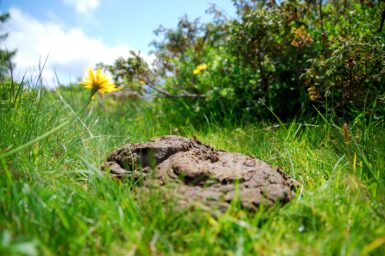Designing resilient microbiomes: systems biology for functional prediction
MOSH researchers are using multi-omic and predictive modelling to enhance the microbiomes to benefit our health, food and environment. Potential applications include modelling how microbes breakdown plastics in the environment or help black solider flies and dung beetles digest waste. However, creating these highly detailed models of microbiomes for a specific functional benefit presents a significant challenge due to the complexity of the biological system.
The challenge
Predicting the functional role of desirable elements in microbiomes is essential to understand impacts of perturbation and enable deliberate interventions for health and economic outcomes. The challenge is integrating large volumes of omics data with complex mathematical models to understand metabolic interactions within and between species. This requires strong capability in community level modelling to provide a holistic view of these systems’ connectivity and links to desired phenotypes.
Our response
CSIRO researchers are developing novel systems approaches to microbiome functionality using mathematical models to explore the dynamic behaviour of biomolecular networks linked to phenotypic outcomes. Through implementing new workflows and integrating multi-omics with process-based metabolic models and data-driven expression networks, CSIRO researchers are addressing shortcomings in predicting the behaviour of complex microbial communities.
CSIRO MOSH research is focused on improving process-based genome-scale metabolic modelling (GEM) workflows to better model microbiome community interactions. This includes new approaches incorporating omics, phenotyping, and taxonomic information into GEM gapfilling algorithms to increase model accuracy. There is also a focus on optimising data-driven network approaches (e.g., dynamic Bayesian networks, mutual information networks etc) and AI/ML (e.g., Bayesian optimisation, reinforcement learning) to predict microbiome function, guide deliberate interventions, and design fit-for-purpose microbiomes.
The resulting modelling capability will form the basis for empirically supported insights into microbiome functionality and connectivity. This foundation will catalyse progress towards a comparative and generalisable framework that can be applied across other species and systems.
See how predictive modelling plays a key role in enhancing a microbiome for a specific functional benefit:



